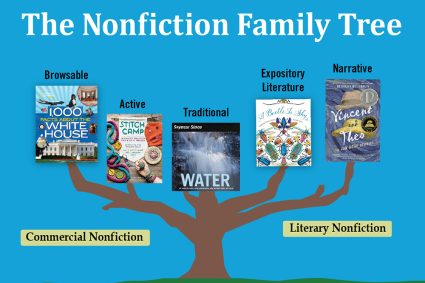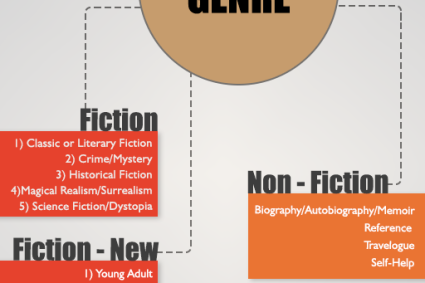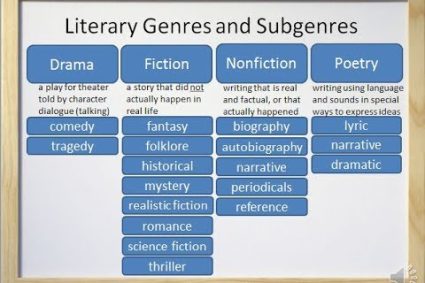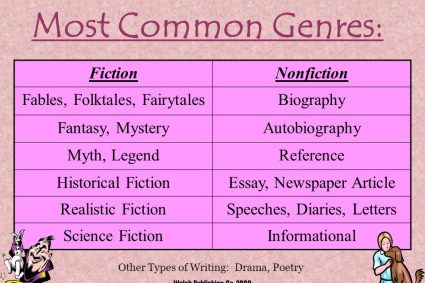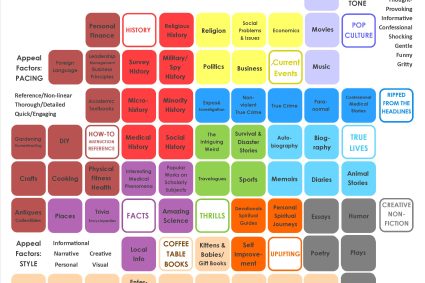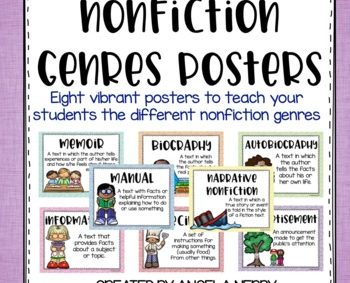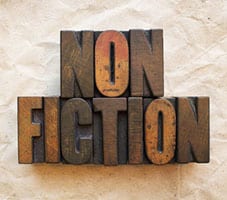
Poetry and prose, two distinct forms of literary expression, each possesses a unique set of characteristics that shape their identity and impact on the reader. Let us embark on a journey through their divergent realms, exploring the nuances that differentiate poetry and prose in the vast landscape of language.
Structure and Form:
Poetry: Defined by its condensed and rhythmic structure, poetry often adheres to specific forms such as sonnets, haikus, or free verse. Its lines and stanzas may vary in length, and poetic devices like rhyme and meter are frequently employed to create a musicality that distinguishes it from prose.
*Example:
A solitary leaf
Falls in autumn’s whispered breath—
Nature’s fleeting grace.
Prose: In contrast, prose follows a more open and flowing structure, with paragraphs and sentences that seamlessly unfold the narrative. Prose is less constrained by formal patterns, allowing for a natural and expansive expression of ideas and storytelling.
*Example:
The autumn wind rustled through the trees, dislodging a single leaf. It twirled gracefully, descending to join the carpet of fallen comrades beneath, a quiet dance in the fading sunlight.
Language and Diction:
Poetry: Poetic language often embraces heightened and metaphorical expressions. Poets may use vivid and symbolic imagery, metaphors, and similes to convey complex emotions and ideas in a condensed and evocative manner.
*Example:
The moon, a pale lantern in the velvet sky,
Illuminates dreams in the dark of night.
Prose: Prose, on the other hand, employs a more straightforward and conversational use of language. While descriptive and expressive, prose generally avoids the heightened symbolism and condensed expression characteristic of poetry.
*Example:
The moon cast a gentle glow over the landscape, revealing the dreams that emerged in the quiet hours of the night.
Narrative vs. Reflection:
Poetry: Often focused on expressing emotions, observations, or capturing moments, poetry may not necessarily follow a linear narrative. It excels in conveying the essence of an experience or emotion through concise and powerful language.
*Example:
In the quiet of the morning,
The sun whispers secrets to the roses.
Prose: Prose, conversely, tends to lend itself to storytelling. It unfolds in a sequential manner, building characters, plot, and setting to create a cohesive narrative that progresses over time.
*Example:
As the morning sun emerged, its golden rays painted the garden, revealing a tapestry of blooming roses that had been whispered to in the hush of dawn.
Emotional Impact:
Poetry: Poets often aim to evoke intense emotions or contemplation through the condensed and emotive language of poetry. Each word carries weight, contributing to a powerful and immediate impact on the reader’s emotions.
*Example:
Tears, crystalline rivers,
Trace the contours of heartache.
Prose: Prose, while capable of eliciting deep emotions, may do so over a more extended narrative. The emotional impact often arises from the cumulative effect of characters’ experiences and the unfolding storyline.
*Example:
In the quiet moments after the news, her tears flowed freely, tracing the contours of a heart weighed down by the gravity of loss.
In navigating the realms of poetry and prose, one discovers not only a distinction in form but a divergence in purpose and expression. While poetry excels in condensing emotions and moments into crystalline verses, prose unfolds with a narrative grace, allowing for a broader exploration of ideas and storytelling. Together, they form a rich tapestry that illustrates the multifaceted nature of human expression in the written word.

